Evidence-Based Practice – Should You Treat Your Addiction With Methadone?
When people require drug rehab for opioid addiction, it is important that they find a program that uses evidence-based practice, which has scientific backing. However, exactly what that means and how a treatment center can demonstrate this can be quite difficult to understand, particularly for those who are dealing with their own addiction or that of a loved one. Nevertheless, there are important questions to ask, focusing on the scientific research that underpins the treatment that is offered by the center and on its success rates.
For those who are dealing with drug dependency or addiction, it is important that they choose a treatment program that will work for them. This means that they need to search for something that can be proven through scientific research that is likely to be successful. One example of this is methadone maintenance treatment (MMT), which has been studied for many decades.
“Numerous studies have demonstrated the effectiveness of MMT for reducing illicit opioid use, morbidity and mortality, risk of human immunodeficiency virus (HIV) infection, illegal activities, and improving overall functioning. Patients in MMT had a 1-year mortality rate of 1% compared with 8% among patients who discontinued treatment.”
Of course, being able to identify evidence-based practice for drug rehab is often harder than it looks. This is because the language used can be hard to understand and even harder to trust. Furthermore, few truly understand the difference between research-based and evidence-based practice. There are distinctions between the two and those distinctions affect the way treatment is offered. Hence, when evaluating drug rehab facilities, it is important to remember this in order to find the one that is most likely to lead to recovery.
Understanding Evidence-Based Practice
In very simple terms, evidence-based practice means that a treatment facility offers help based on the effects they were able to measure and observe in the past. A clear explanation is provided in the Nurse Researcher journal.
“When a program is based on the results that previous users of that program have had successful outcomes, this is evidence-based.”
However, even this journal acknowledges that it can be difficult to determine whether something is evidence-based or not. A good example of evidence-based practice is the 12 step program. Time and again, people have been able to become abstinent as a result and have achieved long-term recovery using that program. Thus, it can be said that 12 step programs offer evidence-based successful treatment.
Understanding Scientifically Sound Treatment
Any research that has been completed must be scientifically sound. This is perhaps best explained by the American Educational Research Association:
“The following definition of scientifically based research (SBR) was developed by an expert working group convened by the American Educational Research Association (AERA) in June 2008. The term “principles of scientific research” means the use of rigorous, systematic, and objective methodologies to obtain reliable and valid knowledge.”
Essentially, research must meet the following criteria as a minimum:
• The methods used to obtain knowledge must have been objective, systematic, and rigorous.
• Reasoning must be logical and evidence-based.
• The way the study has been designed must lead to reliable results.
• All studies should include experimental control, thereby guaranteeing there aren’t any unknown or other factors that influence the outcome.
• Scientific and accepted methods of data analysis must be used.
• The study should be peer-reviewed with the results being capable of being repeated and findings must lend themselves to further work.
If these processes have been followed in a research-based program, it can be said that their results are completely reliable and can be trusted.
Why Scientifically Sound Research Matters for Addiction Treatment
A lot of research continues to be conducted into addiction treatment, and particularly on MMT. This is because there have been numerous positive outcomes with MMT and it can, therefore, be classified as evidence-based practice with scientific backing. However, some patients failed to have positive outcomes. This must be further studied, therefore.
That said, research to date has revealed some very interesting results that have been driving the way opioid addiction is treated. For instance, it is now known that addiction is a chronic disease, just like diabetes. This conclusion has been demonstrated through scientific evidence. Thus, it is possible to treat addiction, but the condition is chronic and therefore has to be managed properly as well. The National Institute of Drug Addiction (NIDA) has properly described this.
“Addiction is a treatable disease. Research in the science of addiction and the treatment of substance use disorders has led to the development of evidence-based interventions that help people stop abusing drugs and resume productive lives.”
It is important to note that while NIDA agrees that addiction can be treated, it has also pointed out that it cannot always be cured. It has also recommended methods in which patients are most likely to become successful in managing their condition. This must start with detox, which should be medically assisted. In terms of methadone, this means a patient has to be empowered to choose between short-term methadone detox, or longer term MMT. It is now also known that methadone treatment alone is not sufficient to treat opiate addiction. Rather, behavioral therapies are also required, as is significant aftercare. This ensures the individual addict continues to receive the support they need to manage their condition.
Overall, residential treatment programs have proven to be the most effective of all. It is here that people are able to fully detox from their chosen substance in a safe and supportive environment while accessing therapy at the same time. That said, intensive inpatient and outpatient programs are also beneficial, and particularly for people who choose long-term MMT.
Does methadone work as a treatment option? Absolutely! There is a lot of evidence available that shows it is incredibly beneficial. This evidence has been gathered over the past seven decades, which proves that it can help people addicted to opioids. But methadone is not the only treatment option available, nor is it the best for everybody. Rather, each individual is different, each addiction story is different, and every treatment option is different as well. Reach out to (855) 976-2092 for more information.
Sources
[1] Methadone | SAMHSA – Substance Abuse and Mental Health Services Administration. (2015, 28). Retrieved from https://www.samhsa.gov/medication-assisted-treatment/treatment/methadone [2] National Institute on Drug Abuse. (n.d.). Treatment and Recovery. Retrieved from https://www.drugabuse.gov/publications/drugs-brains-behavior-science-addiction/treatment-recovery

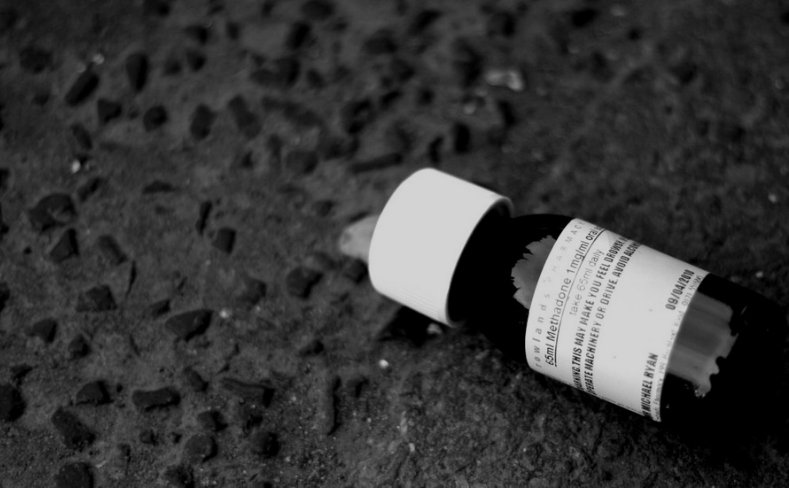




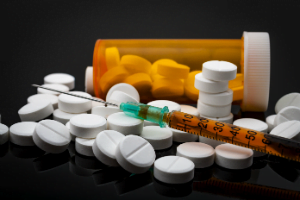 This was how I was first
This was how I was first 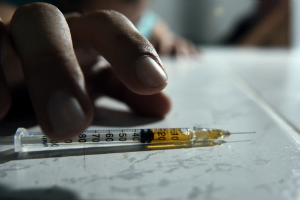

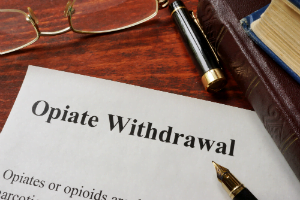 Maintenance medication programs are only used under very specific circumstances. You’ll need to go through a rehab program and be approved for this type of treatment. It’s important to trust your doctors and your rehab support staff. Be completely honest with them, and don’t be afraid to take that next step.
Maintenance medication programs are only used under very specific circumstances. You’ll need to go through a rehab program and be approved for this type of treatment. It’s important to trust your doctors and your rehab support staff. Be completely honest with them, and don’t be afraid to take that next step.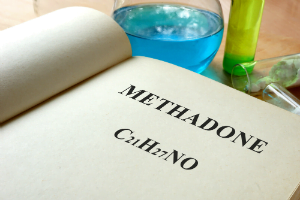 I’ve discovered that I don’t feel high when I take this medication, but it does help me to stop thinking about using drugs like heroin or prescription painkillers all the time. It allows you to be free of the all-consuming addiction that ran your life for so long.
I’ve discovered that I don’t feel high when I take this medication, but it does help me to stop thinking about using drugs like heroin or prescription painkillers all the time. It allows you to be free of the all-consuming addiction that ran your life for so long.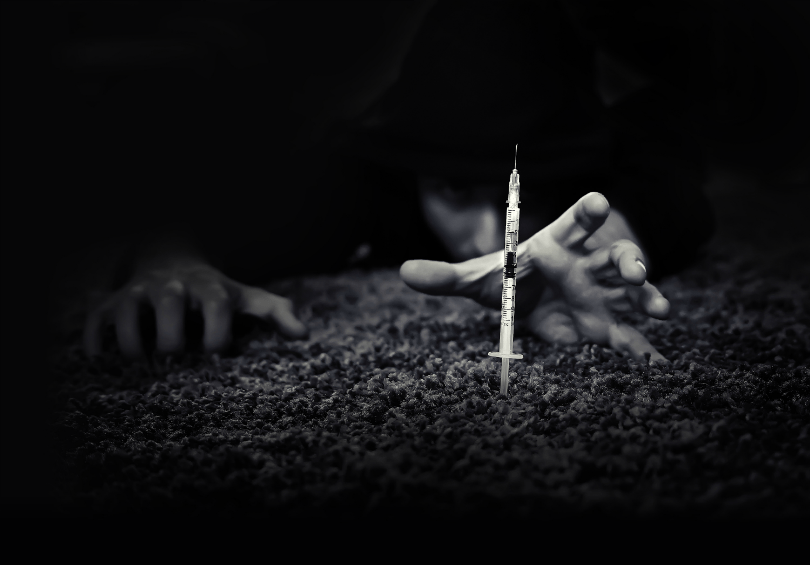
 Opiate addiction affects every single aspect of a person’s life, from their career to personal relationships and everything in between, so why can’t methadone help?. I have witnessed this firsthand, just like many other grieving friends and family who have watched drugs devastate some of the people they love the most. Having seen it firsthand has led me to believe that
Opiate addiction affects every single aspect of a person’s life, from their career to personal relationships and everything in between, so why can’t methadone help?. I have witnessed this firsthand, just like many other grieving friends and family who have watched drugs devastate some of the people they love the most. Having seen it firsthand has led me to believe that  My friend went through methadone maintenance where doctors use methadone, an opioid and painkiller with less addictive qualities, to wean a person off heroin or another opiate. This way, they are still receiving some form of an opioid to satisfy their craving, but they aren’t ingesting dangerous, even deadly quantities of heroin or prescription pills.
My friend went through methadone maintenance where doctors use methadone, an opioid and painkiller with less addictive qualities, to wean a person off heroin or another opiate. This way, they are still receiving some form of an opioid to satisfy their craving, but they aren’t ingesting dangerous, even deadly quantities of heroin or prescription pills.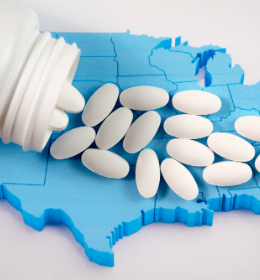 It’s no secret that opioid addiction is are a major problem, not only in the United States but also across the world, with thousands of lives lost every year to the preventable yet powerful vices of illegal substances.
It’s no secret that opioid addiction is are a major problem, not only in the United States but also across the world, with thousands of lives lost every year to the preventable yet powerful vices of illegal substances. I believe greater public awareness can make a positive impact, as can outreach about prevention and treatment such as methadone maintenance. This is especially important as opioid addiction takes over more and more lives, with addictions to heroin and prescription pills.
I believe greater public awareness can make a positive impact, as can outreach about prevention and treatment such as methadone maintenance. This is especially important as opioid addiction takes over more and more lives, with addictions to heroin and prescription pills.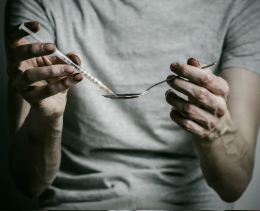 Methadone maintenance treatment was first introduced in the 1970s, and since then, it’s been used to treat millions of patients struggling with the detox process. In 2009, there were over 100,000 recovering heroin addicts on methadone treatment plans according to Harvard Medical School’s Harvard Health Publications.
Methadone maintenance treatment was first introduced in the 1970s, and since then, it’s been used to treat millions of patients struggling with the detox process. In 2009, there were over 100,000 recovering heroin addicts on methadone treatment plans according to Harvard Medical School’s Harvard Health Publications. If you or a loved one is suffering from opiate addiction, now is the time to seek help before it’s too late. Getting on the path to recovery is the only way to achieve a healthier, happier lifestyle, not only for yourself but for those who love you and want to see you safe and content.
If you or a loved one is suffering from opiate addiction, now is the time to seek help before it’s too late. Getting on the path to recovery is the only way to achieve a healthier, happier lifestyle, not only for yourself but for those who love you and want to see you safe and content.